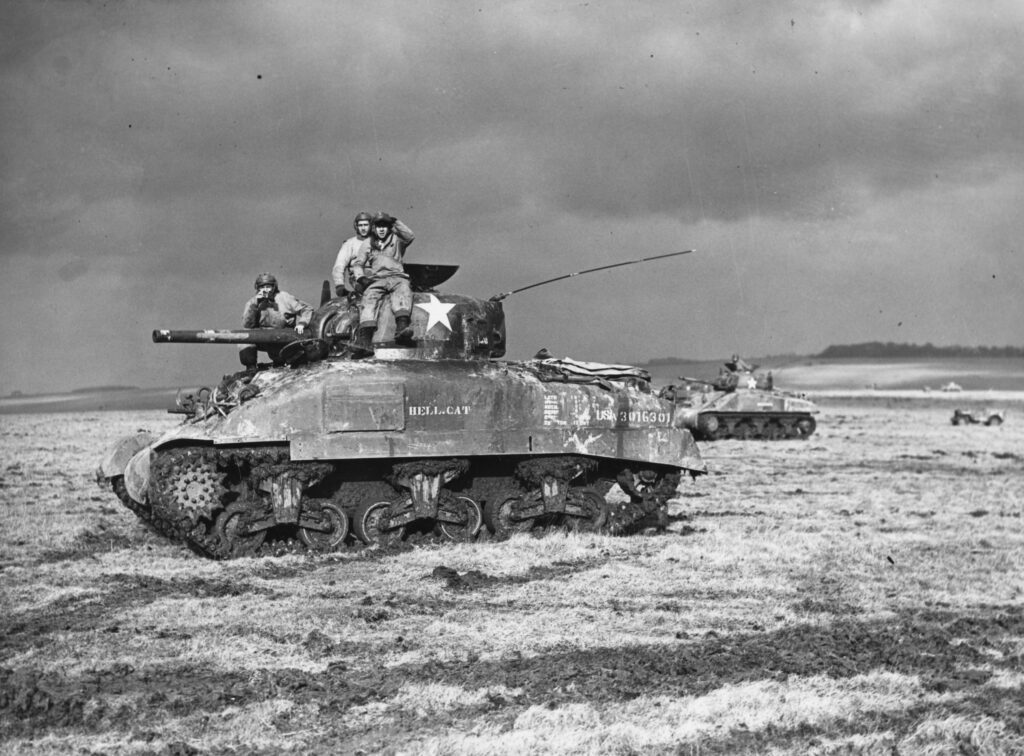The M1 Abrams tank has a rich history that spans from its origins in World War 2 to its current status as a cutting-edge technological marvel. Initially developed in the aftermath of World War 2 to replace aging tanks, the M1 Abrams has evolved significantly over the years. With the introduction of the M60 tank in the 1960s and the birth of the M1 Abrams in the late 1970s, the tank has continuously undergone modernization and upgrades to remain relevant on the battlefield. The future of the Abrams tank looks promising, with the development of the M1A3 variant expected to further enhance its firepower, protection, and mobility.
The Evolution of the M1 Abrams Tank: From WW2 to the Present
The M1 Abrams tank is one of the most iconic and successful tanks in the history of warfare. Its evolution spans decades, from its origins in World War 2 to its current state as a cutting-edge technological marvel. Let’s take a look at the evolution of the M1 Abrams tank from its humble beginnings to its current status as one of the most advanced and formidable tanks in the world.
World War 2 Origins
The M1 Abrams tank has its origins in the aftermath of World War 2, when the United States began developing a new generation of armored vehicles to replace the aging tanks of the war. In the early 1950s, the U.S. Army initiated a series of projects to develop a new main battle tank that would be more mobile, heavily protected, and armed with a powerful gun.
These projects eventually led to the development of the M60 tank, which entered service in the early 1960s. The M60 was a formidable tank for its time, but it was clear that a new, more advanced tank would be needed to counter the growing threats of the Cold War era.
The Birth of the M1 Abrams
In the late 1970s, the U.S. Army initiated the development of a new main battle tank, which would eventually become the M1 Abrams. The Abrams was designed to address the shortcomings of the M60 tank, with a focus on mobility, firepower, and protection.
The Abrams featured a revolutionary composite armor system, which provided superior protection against enemy fire. It was also armed with a powerful 120mm gun, which could easily defeat enemy tanks at long ranges.
Modernization and Upgrades
Since entering service in the early 1980s, the M1 Abrams tank has undergone several modernization and upgrade programs to keep it relevant on the battlefield. These upgrades have included improvements to firepower, mobility, protection, and electronics.
One of the most significant upgrades to the Abrams tank was the introduction of the M1A2 variant in the late 1990s. The M1A2 featured an improved fire control system, upgraded armor, and enhanced battlefield networking capabilities.
The Future of the Abrams Tank
As the M1 Abrams tank continues to serve as the backbone of the U.S. Army’s armored forces, there are ongoing efforts to modernize and upgrade the platform to ensure its continued relevance on the battlefield. The latest variant of the Abrams tank, the M1A3, is currently in development and is expected to feature even greater firepower, protection, and mobility than its predecessors.
With its long and storied history, the M1 Abrams tank has evolved from its origins in World War 2 to become one of the most advanced and formidable tanks in the world. Its combination of mobility, firepower, and protection make it a key asset for the U.S. Army and its allies, and ensure that it will remain a dominant force on the battlefield for years to come.
